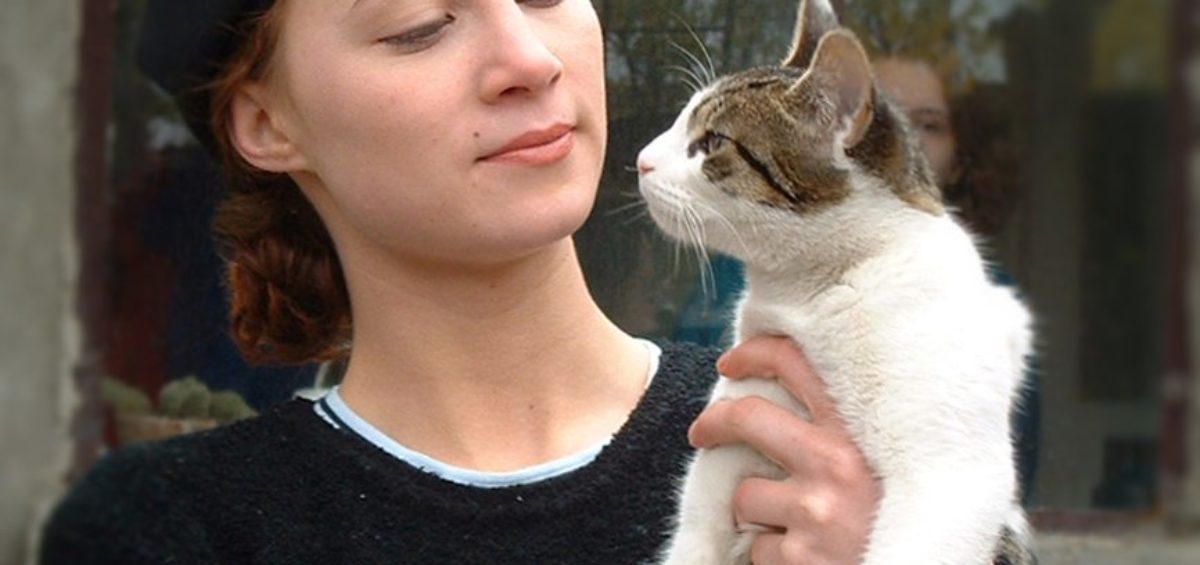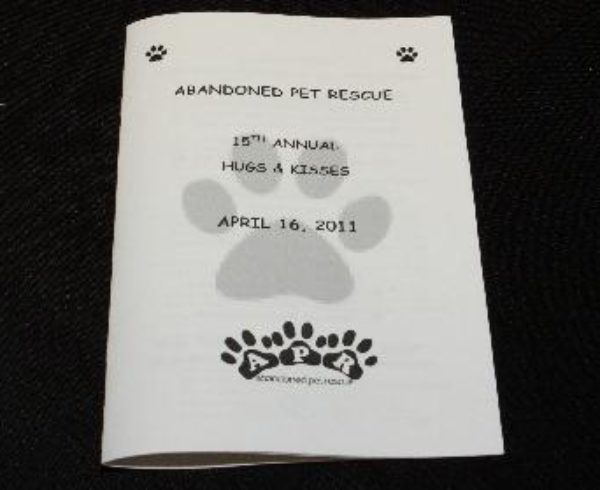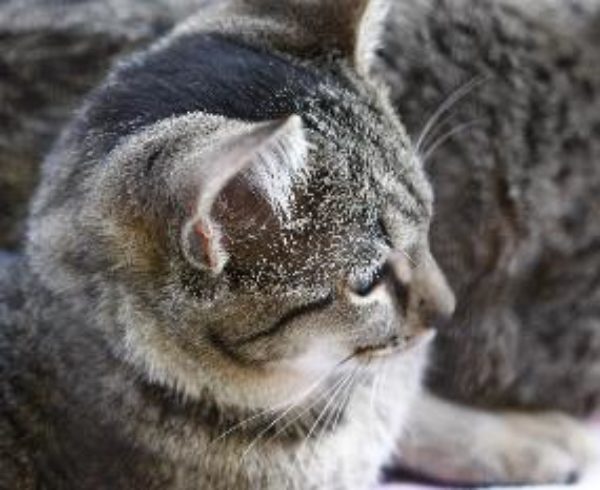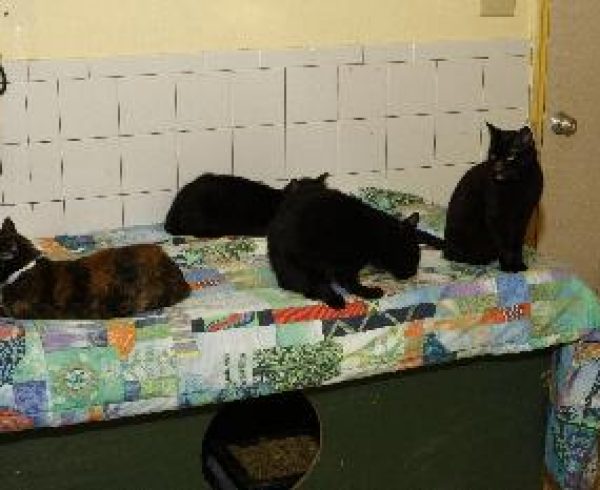Do you hold conversations with your cat(s)? I certainly do. “Catanese” is not a difficult language to learn, and it will create a life-long bond between you and your fur child. Cats learn human languages as quickly as they learn the sound of a can opening or a treat bag rattling.
Cats reserve “meows” for humans, and rarely communicate with other cats or animals unless it’s a hiss or warning growl. Catanese is a mix of facial expressions, tail movements, ear positions, body language and sounds resonating from deep within. Cats readily learn how to manipulate us too, by observing which of their sounds or actions will get the response they want. For instance, my cats know that if they take turns walking up and down the length of my body at 5:00 in the morning, I will be out of bed and feeding them in less than three minutes.
To learn your cat’s dialect of Catanese will take a bit of observation. Some cats, like Siamese, are sometimes verbal to the point of being nerve wracking, and other kitties rarely ever make any kind of sound at all unless to tell you they’re hurting somewhere. Here is a list of translations according to “Catster Magazine.”
Vocalizations:
- Short meow:“Hey, how ya doin’?”
- Multiple meows:“Where have you been? I missed you!”
- Mid-pitch meow:A plea for something, usually dinner, treats.
- Drawn-out mrraaaoow:“I want dinner NOW!”
- Low pitched mraaooww:“You are so lame. The service around here sucks,”
- High-pitch RRRROWW!:“OUCH!!! You stepped on my tail, you imbecile!””
- Hiss:“Steer clear. I’m angry and I’m not afraid to draw blood.”
- Clicking sounds:Cats who are tracking prey will make a clicking sound.
Body Language:
Tail
- Tail straight up or straight up with a curl at the end:
- Tail twitching:Excited, annoyed or anxious.
- Tail vibrating:Very excited to see you.
- Tail curls in the shape of an N:Extreme aggression.
- Tail fur sticks straight up but the tail is held low: Aggression or frightened.
- Tail held low and tucked under the rear:
Eyes:
- Dilated pupils:Very playful or excited. It can also indicate aggression.
- Slowly blinking eyes:Affection, the equivalent of blowing a kiss.
Head:
- Ears pinned back:Fear, anxiety, aggression
- Tongue flicking:Worry, apprehension
- Rubbing head, flank and tail against a person or animal:Greeting ritual, ownership claim
- Head-butting:Friendliness, affection
- Face sniffing:Confirming identity
- Wet nose kiss:Affection
- Licking:The ultimate sign of affection, or an indication that you need to clean up after your sardine sandwich.
Remember that what you say isn’t nearly as important as how you say it. It’s imperative that you be consistent when communicating with your cat, and like Cantonese, voice inflection is also crucial to conveying the true meaning of the words in Catanese. In other words, don’t use the same sweet calm tone of voice to call Fluff Ball for treat time as you would to tell Fluff Ball to get the Hell down off the dining room table or you will be making a trip to the local taxidermist. If you do, she will only be totally confused.
Now get out there and become fluent in Catanese. Who knows, maybe you’ll be offered a job at your local shelter as interpreter!? Allie




















